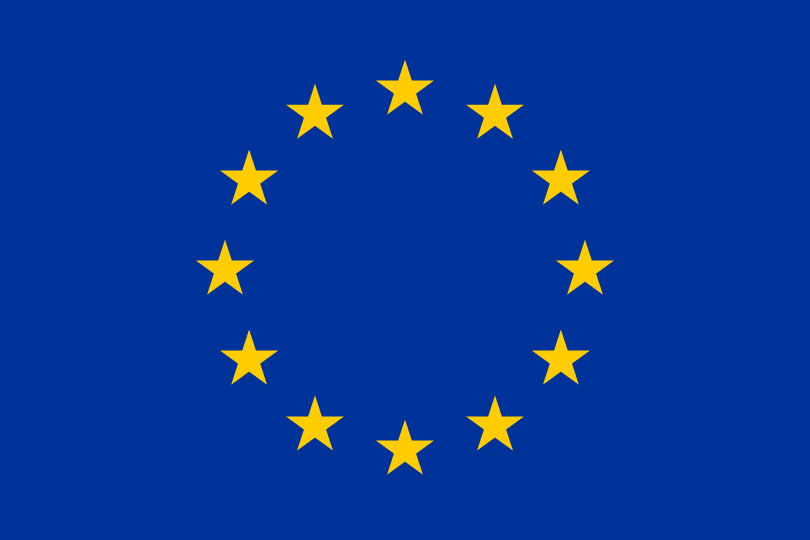Bonseyes Glossary
A
I Application
An application executes the algorithm to solve the challenge.
A
I Artifact
AI Artifacts describe all digital products that are used in an AI Tool. They can be the input, the output, or an intermediate result that is processed by tools. We mainly specify six types of artifacts(corresponding to the steps in the pipeline): Data, Knowledge, Model, Application, Algorithm, and Benchmark.
A
I Challenge
A challenge specifies a set of problems that should be solved by an AI Application on a target platform.
A
I Marketplace
A digital marketplace where AI artifacts and AI tools are traded and exchanged.
A
I Pipeline
Set of AI workflows that implement the AI process.
A
I Process
The process of creating a solution to the AI challenge, consisting of six components: data, knowledge, model, algorithm, application, and benchmark.
A
I Tool
A software component that creates or processes an artifact. The processing can be read only or read and write. An example of a tool is a software that is capable of training a model from a training dataset.
A
I Workbench
A Workbench is an integrated development Environment (IDE) to implement and execute the AI pipeline.
A
I Workflow
A declarative description of the tools that need to be used and the artifacts that need to be created to implement a concrete step in the AI process. For example a workflow may import a dataset and using it train a model.
A
lgorithm
An unambiguous specification of how to solve a class of problems using data-driven models. Algorithms are used by AI Applications to solve challenges.
A
nnotated data
Data used for machine learning, including raw data and annotations. It is used as training, validation and test data.
B
enchmark
Benchmark is a measurement of the performance of the application according to the requirements of the challenge.
B
onseyes Components
The parts of the Bonseyes technological contributions and offering: the AI marketplace, the Deep Learning toolbox, and the CPS Developer Platforms.
C
apacity
One or more servers offering storage, memory, and computational performance.
C
ontract
An agreement between a customer and a vendor. The agreement refers to a license, e.g. for the use or modification of AI artifacts, and terms and conditions, e.g. regarding the handling of personal data.
D
ata
Raw data including video, image, audio, and text data.
F
eedback
Quantitative ratings and qualitative judgments that users of AI artifacts give about an AI artifact on the marketplace. Judgments may include uses of the AI artifact, problems in the AI artifact, or requests for enhancements of the AI artifact.
K
nowledge
Human knowledge solidified for example in the form of annotations in a given dataset. Examples of annotations are bounding boxes around features visible in image data and labels documenting the meaning of spoken text in voice data. Knowledge can be structured e.g. annotations or unstructured e.g. voice recording of an expert opinion.
L
PDNN
Low Power Deep Neural Network: specificaly suited for (embedded) low power devices
M
odel
Artificial intelligence solidified in the form of a model, e.g., a deep learning model. A deep learning model has an architecture of layers, nodes, and weights learned with the help of a sandbox consisting of data and annotations. A model may be compiled into code for integration in applications and execution on target platforms. A compiled model trades off quality requirements like inference accuracy, time performance, and resource utilisation.
P
roduct
An offering on a marketplace. The Bonseyes product offerings concern AI artifacts, AI tools, capacity to store the artifacts and run model training.
R
esource
Resources are used in the process of solving an AI challenge. It can be for example a cloud server, an edge device (such as a gateway), a device (such as a smart phone), a sensor. It can also be human actors that make use of AI tools.
S
andbox
A combination of data and knowledge used for training a model.
U
ser
A person registered in the AI marketplace for participating in the exchange of AI artifact and tools, and utilization of the toolbox and developer platforms.
V
ersion
An AI artefact or a tool may exist in different versions. Each modification of data, annotations, or model architecture and weights will lead to a version increment. Also, the code may be offered in multiple versions.

